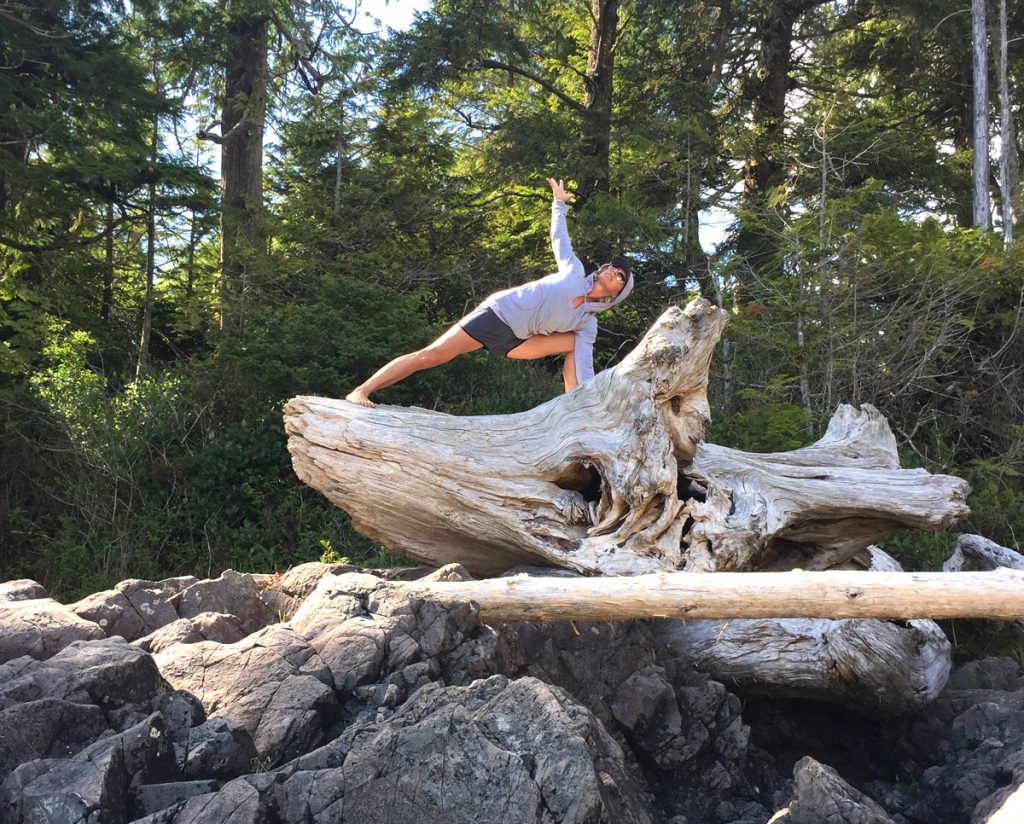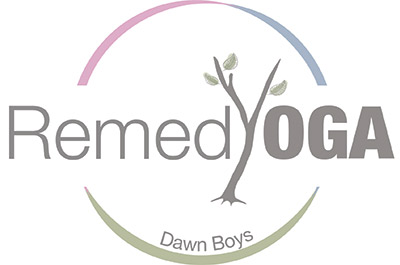
We often think about falling more in the winter months. Icy conditions and activities that we do in winter are more likely to invite a fall.
There are some physiological reasons why we can fall more often in the colder days of winter. Did you know that dehydration plays a part? When the furnaces are on and we’re wearing more clothing, our bodies require more fluids. Research at the Mayo Clinic in 2020, shows that when our body isn’t hydrated we are more likely to have a stumble. We can also be at an increased risk when the days are darker and we get up in the night. That transition from laying in bed to a sudden stand without a pause and orienting oneself, or anchoring our feet, can invite a fall. If you haven’t heard about the glute muscles, they are our buttock muscles and play a significant part in preventing falls. Unfortunately in our culture of extending sitting, people often have “sleepy glutes” that are less likely to “fire” up when recruited.
Our loss of balance is disrupted when our vision, spatial awareness and physical perception of our surroundings isn’t providing the correct information to the brain. We tend to move around in a rather linear or forward moving action day to day. This affects our “proprioception”, or where we are in space. Balance practices are especially important and should involve 4 components. These are; strength, dual- tasking, static balance and dynamic balance. Practicing these in a safe and controlled environment, or with an experienced teacher or trainer, can help you gain confidence and prevent falls.
But, what if you do fall or come across someone who has? Most often when someone falls, especially in public, they often rush to get up or feel embarrassed and attempt to go on like nothing happened. There could be a minor or more serious injury that’s occurred and so orienting and anchoring are important. If you do fall and can come to sit up, stay there. Vehicles will see you better when seated if you fall near the roadside. Breath. This will down regulate the nervous system from the stress response. Our “fight and flight” may kick in, but we can risk more injury by jumping up. This residual stress can effect us post fall making you more fearful of another fall or being more anxious etc. Putting your hands to your chest or on the ground, taking some calming belly breaths and looking at something like a tree or picture to still the mind has a calming effect. If you see someone fall you can be their anchor by pacing a hand on their shoulder and encouraging them to do these things as well as ask some questions like their name, if they feel hurt etc. If they need medical intervention, call an ambulance of course. If not, be with them as they get oriented. Scanning the environment before moving around or after a fall is also something that wildlife will do to reduce the stress response cycle.

 Immunity
Immunity